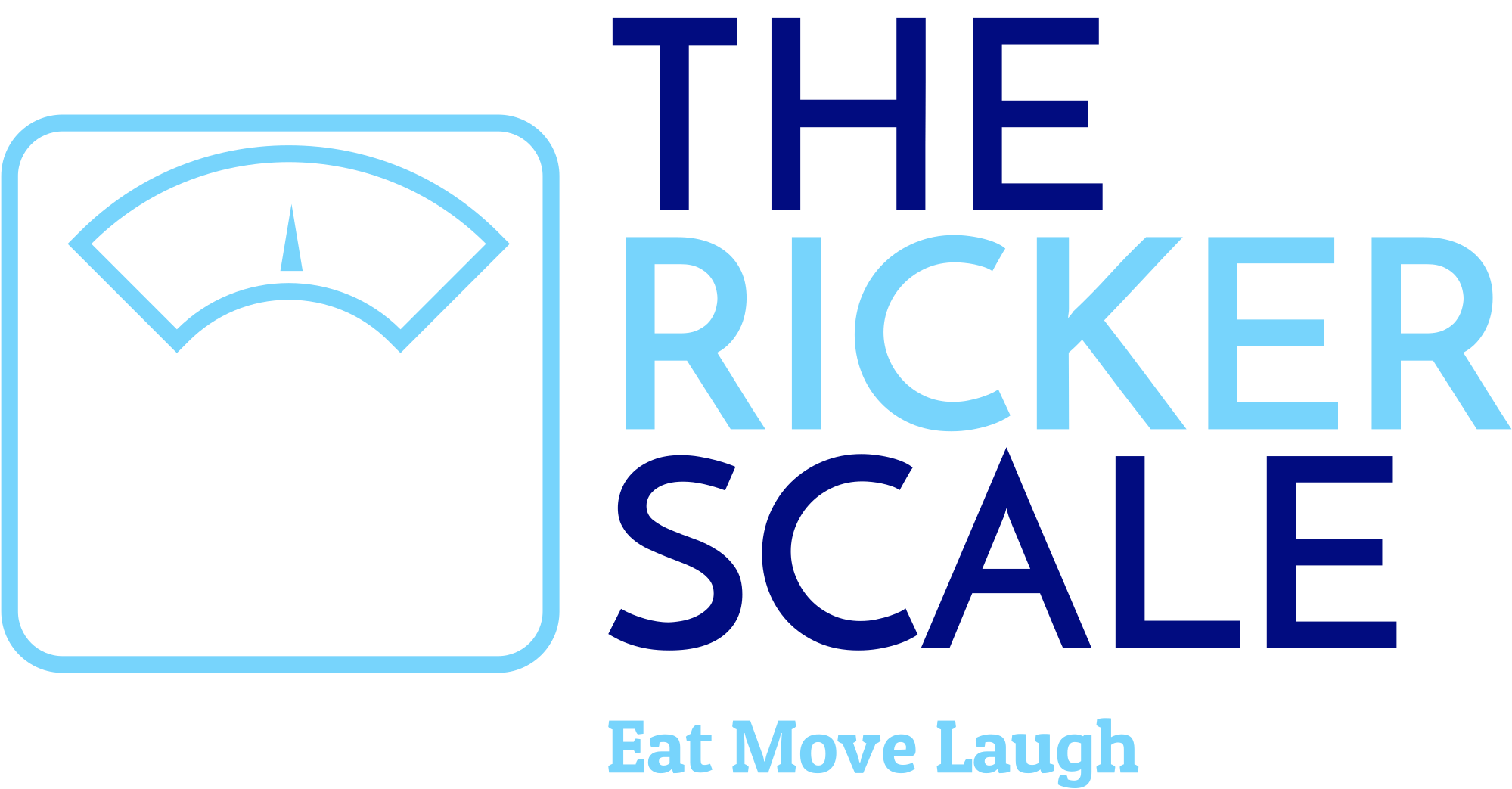When it comes to searching for the best weight loss advice, there are countless fad diets and scams promising quick results. However, the key to successful and sustainable weight loss lies in adopting a healthy, calorie-controlled diet and increasing physical activity. In this article, we’ll share six proven strategies to help you achieve the best weight loss results and improve your overall health.
1. Get Ready for Change
Long-term weight loss requires commitment and effort. Before diving in, assess your readiness for change. Ask yourself these questions:
- Am I motivated to lose weight?
- Am I using food as a coping mechanism for stress?
- Do I need support from friends or professionals to manage stress?
- Am I willing to change my eating and activity habits?
- Do I have the time to dedicate to these changes?
If you’re facing emotional or stress-related obstacles, consider seeking support from a doctor or counselor. Once you feel ready, it’ll be easier to set goals, stay committed, and change your habits.
2. Find Your Inner Weight Loss Motivation
You are in control of your weight loss journey. The drive to stick to your plan must come from within. Identify what’s essential to you and use it as motivation. Whether it’s an upcoming vacation or better overall health, remind yourself of these factors during challenging moments.
Having a support system is beneficial, but make sure it’s a positive one. Surround yourself with people who encourage you and understand your goals. They can exercise with you, share healthy recipes, and provide accountability.
If you prefer privacy, you can be accountable to yourself through regular weigh-ins, maintaining a journal, or using digital tools to track your progress.
3. Set Best Weight Loss Goals
Setting achievable weight-loss goals is crucial. Aim to lose 1 to 2 pounds per week, as this is a sustainable rate. To achieve this, create a calorie deficit of 500 to 1,000 calories per day through a balanced diet and regular physical activity.
A realistic initial goal can be 5% of your current weight. This modest weight loss already offers health benefits and reduces the risk of chronic conditions like heart disease and type 2 diabetes.
Set both process and outcome goals. Process goals involve changing habits, while outcome goals focus on the end result. Process goals are vital because lasting weight loss requires behavioral changes.

4. Enjoy Healthier Foods
Losing weight doesn’t mean sacrificing taste and satisfaction. Lower your calorie intake by incorporating more plant-based foods like fruits, vegetables, and whole grains. Aim for variety in your meals to ensure you don’t compromise on taste or nutrition.
Try these tips to kickstart your weight loss:
- Consume at least four servings of vegetables and three servings of fruits daily.
- Opt for whole grains instead of refined grains.
- Use healthy fats like olive oil, vegetable oils, avocados, and nuts.
- Minimize sugar intake, excluding natural sugars from fruits.
- Choose low-fat dairy products and lean meats in moderation.
5. Get Active and Stay Active
While weight loss is possible without exercise, combining regular physical activity with calorie control gives you an edge. Exercise helps burn off excess calories and offers various health benefits, including improved mood, cardiovascular health, and blood pressure reduction.
Engaging in steady aerobic exercise, like brisk walking, for at least 30 minutes most days of the week is an excellent way to burn body fat. Find opportunities to increase physical activity throughout the day, even if you can’t fit in formal workouts.

6. Change Your Perspective
Long-term weight management requires a lifestyle change. Take an honest look at your eating habits and daily routine. Identify the challenges that derailed your past efforts and devise strategies to overcome them.
Expect occasional setbacks but don’t give up entirely. Embrace the fact that you are changing your life, and it won’t happen overnight. Stick to your healthy lifestyle, and the results will be well worth it in the end.

